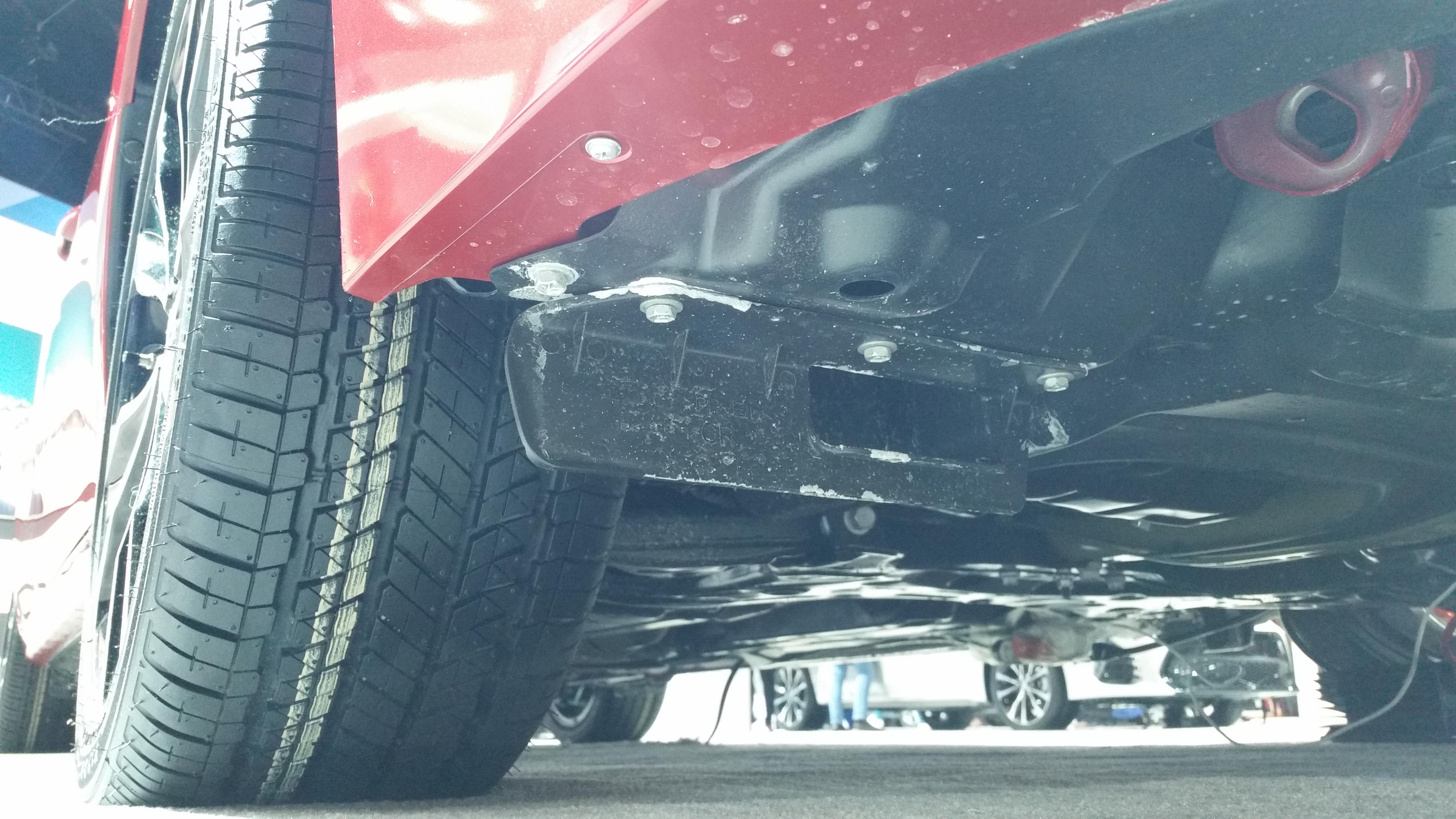Quote:
Originally Posted by kach22i

How they work is (according to what I can recall) they reduce the area of air hitting a spinning wheel, a spinning surface causes more drag and turbulence than a stationary one.
|
A few points from
Aerodynamics of Road Vehicles:
-4.4.8.1: "...consequently the drag of a wheel rolling on the ground is
lower than for a stationary wheel off the ground (see Section 13.42)."
-4.4.8.2: "As indicated in Fig. 4.12, the flow underneath a car spreads outward to the sides. Consequently the wheels are approached at an angle of yaw.... A yawing angle causes the drag of a wheel to increase; Fig. 4.75 gives a typical example. For a yawing angle of 15 degrees the wheel's drag coefficient is more than
three times the value for zero yaw."
So, I think the function of these air dams we're seeing proliferating on cars today is not just blocking flow to the wheel face, but blocking flow
in yaw to the wheel. That would explain why so many of them now curve around the inside face of the wheel, unlike just a few years ago when these dams tended to be situated slightly inboard of the wheel but with no curvature.
Old style (2018 Corolla):

New style (2018 Prius):

A more extreme example (2018 Cadillac CT6 plug-in):

Might it be possible that these dams reduce the yaw angle of the flow on the inside face of the wheel, behind the rear edge of the dam itself? That might explain the cutout on the older generation of dam designs, something only seen now on a handful of cars (the Chrysler Pacifica hybrid being the most notable).
That section on wheel flow in Hucho also has a very helpful graphic visualizing airflow around a spinning wheel. Three pairs of vortices are shed from the wheel--two from the top, two from the bottom, two from the center--all spinning inward because of the rounded shoulders, and all raising the pressure behind the wheel due to entrainment.